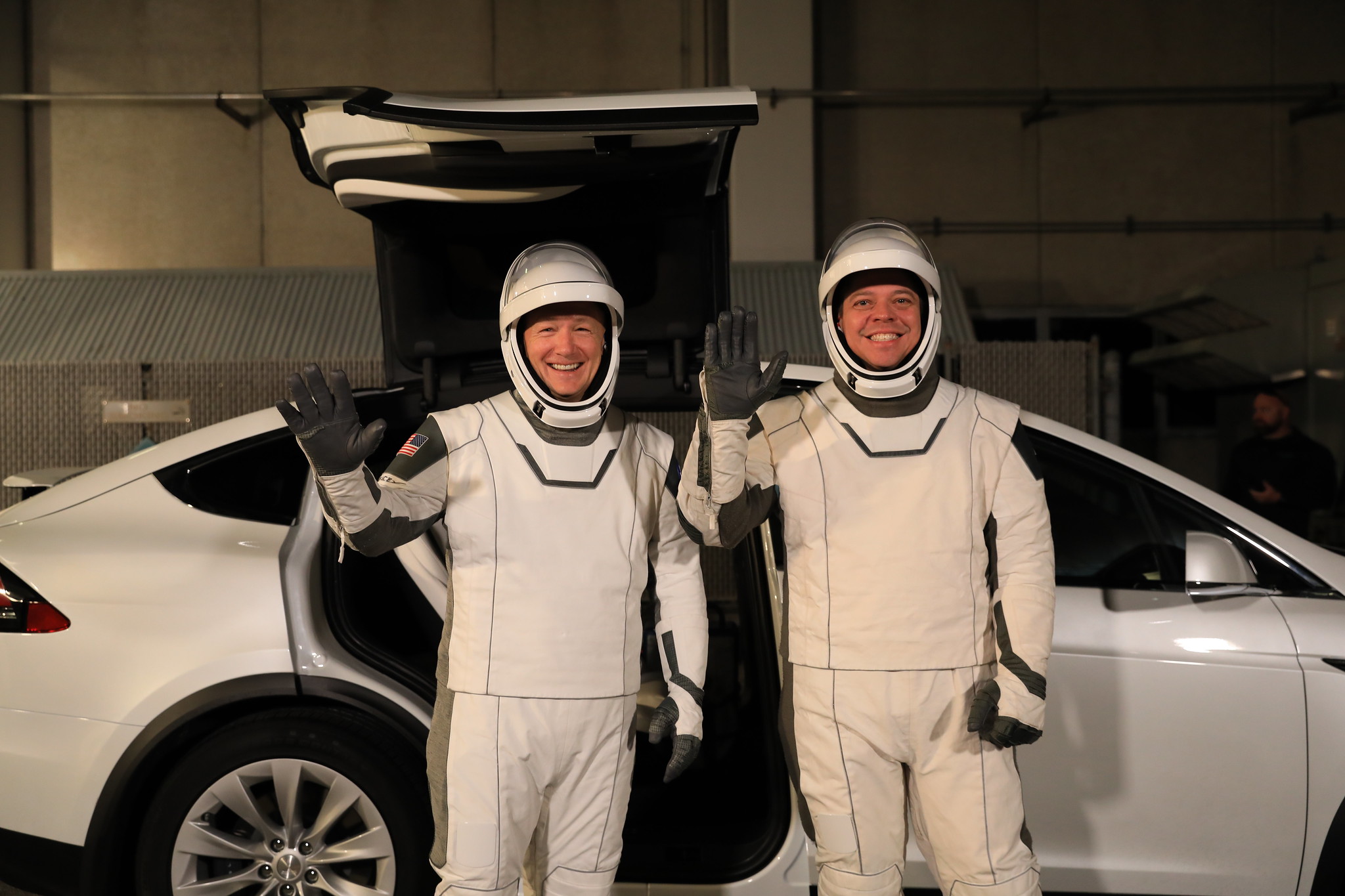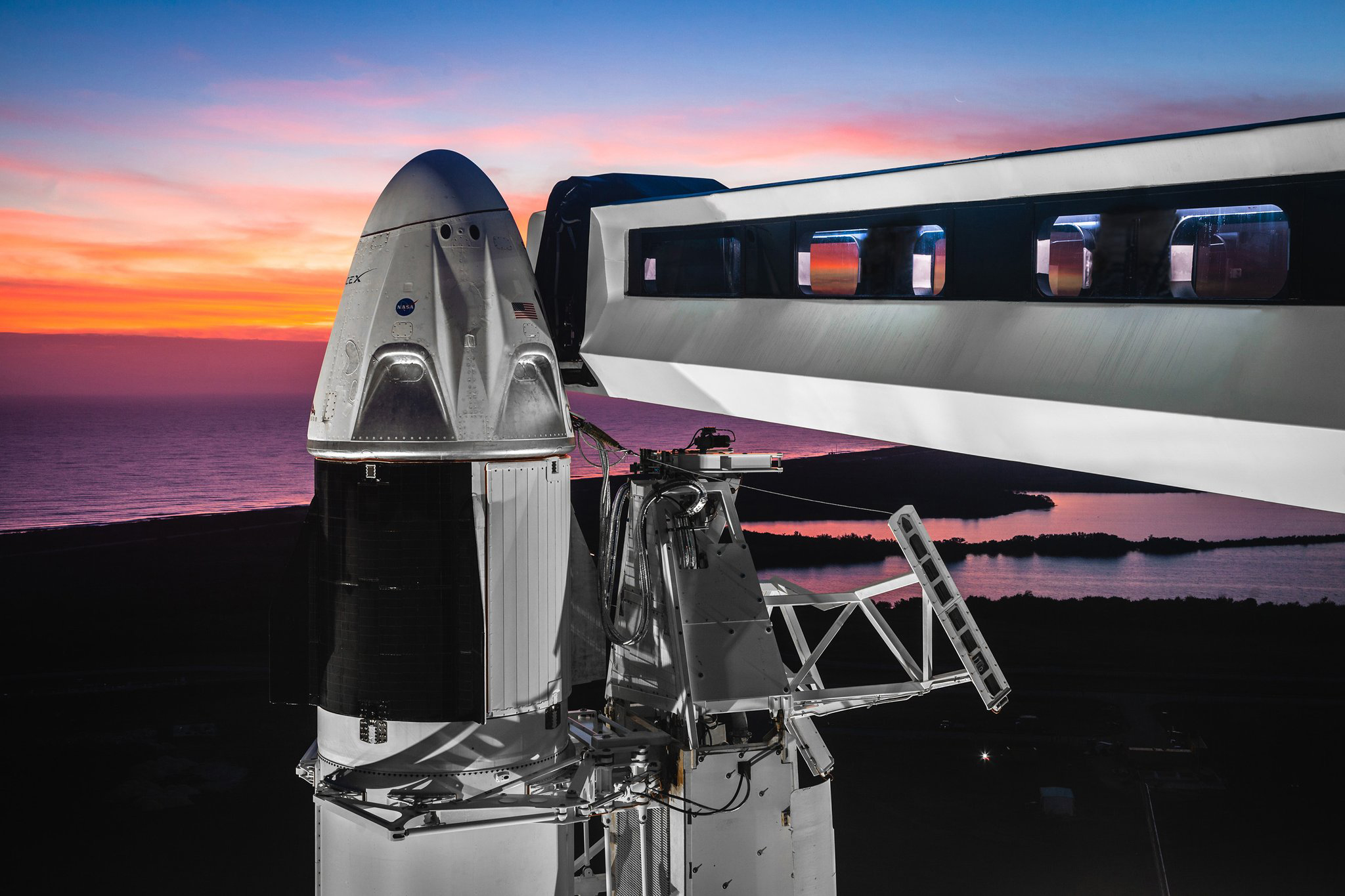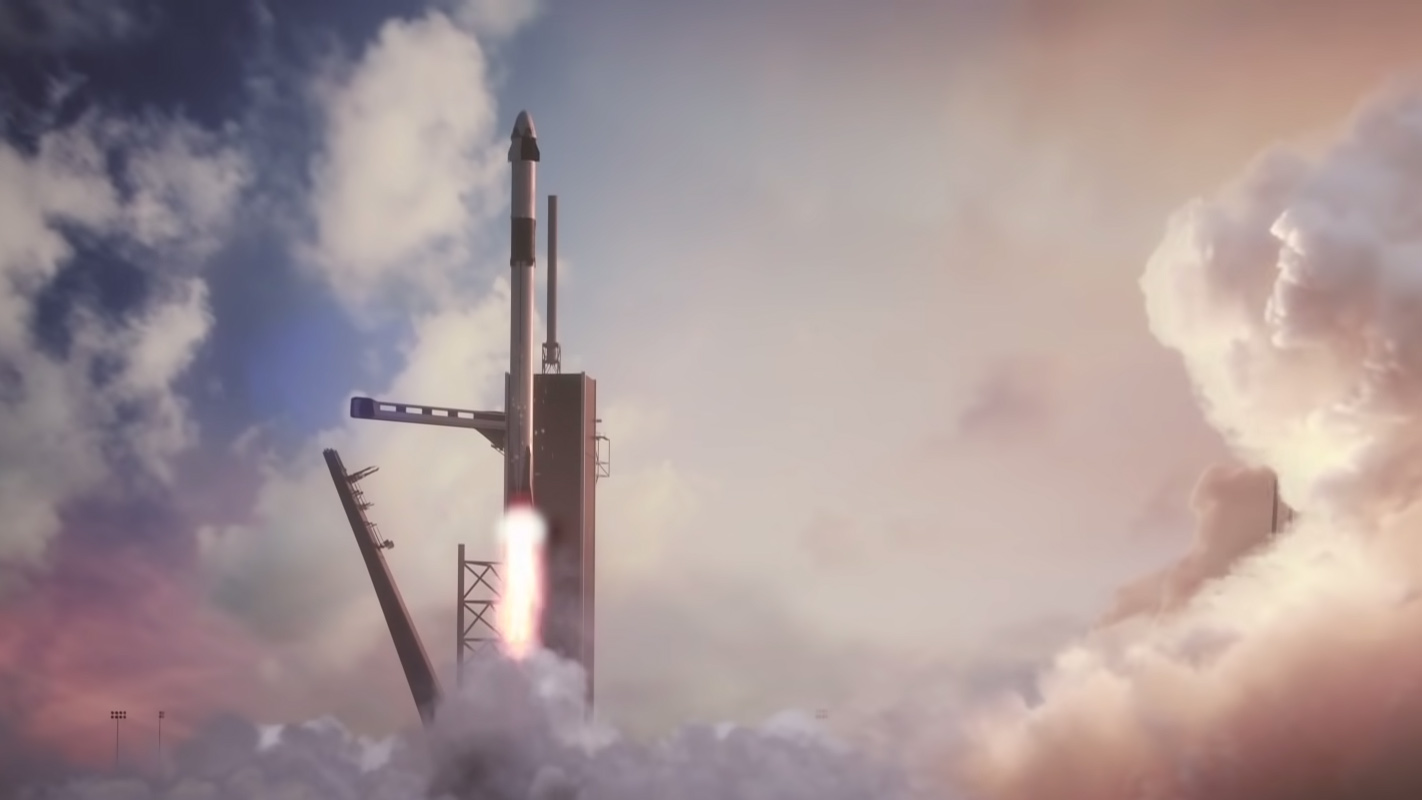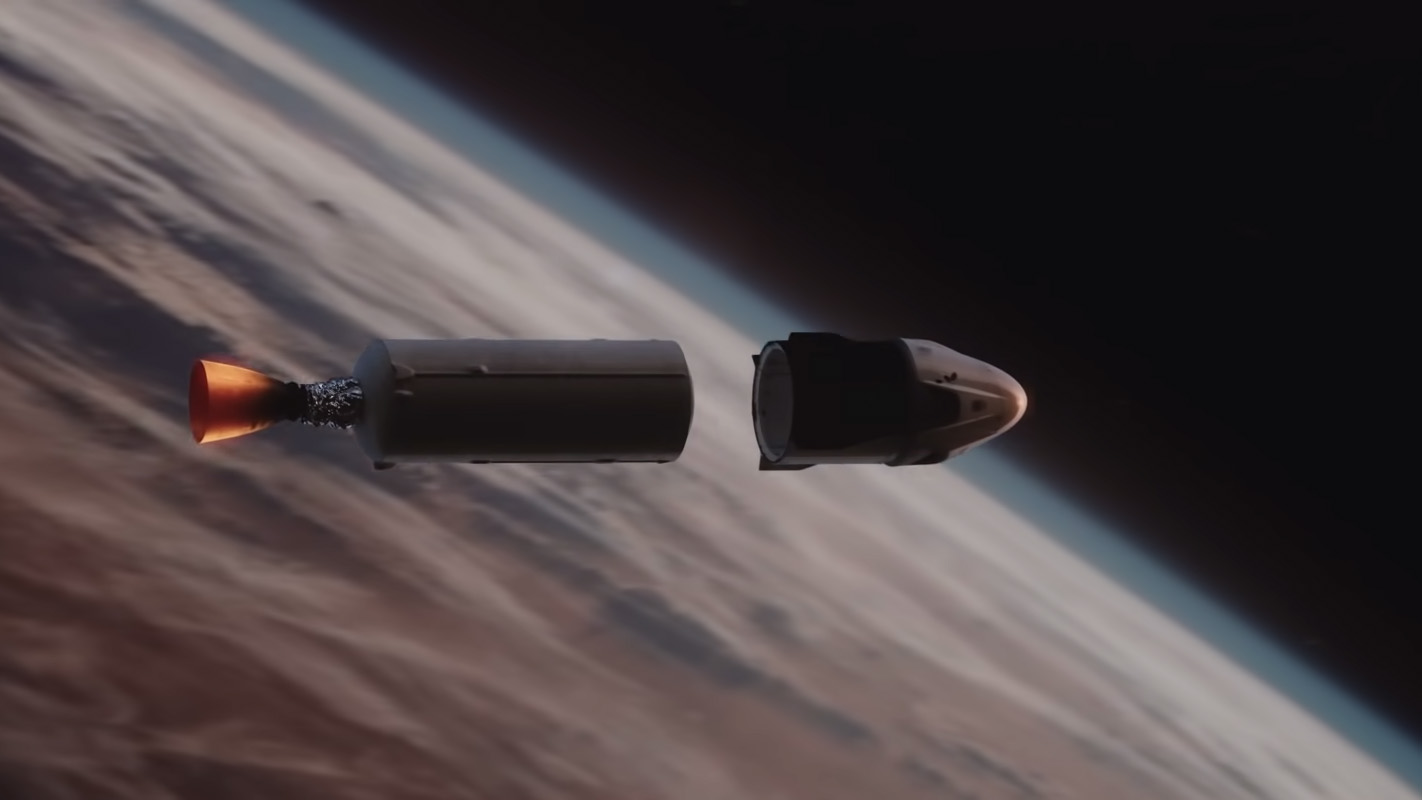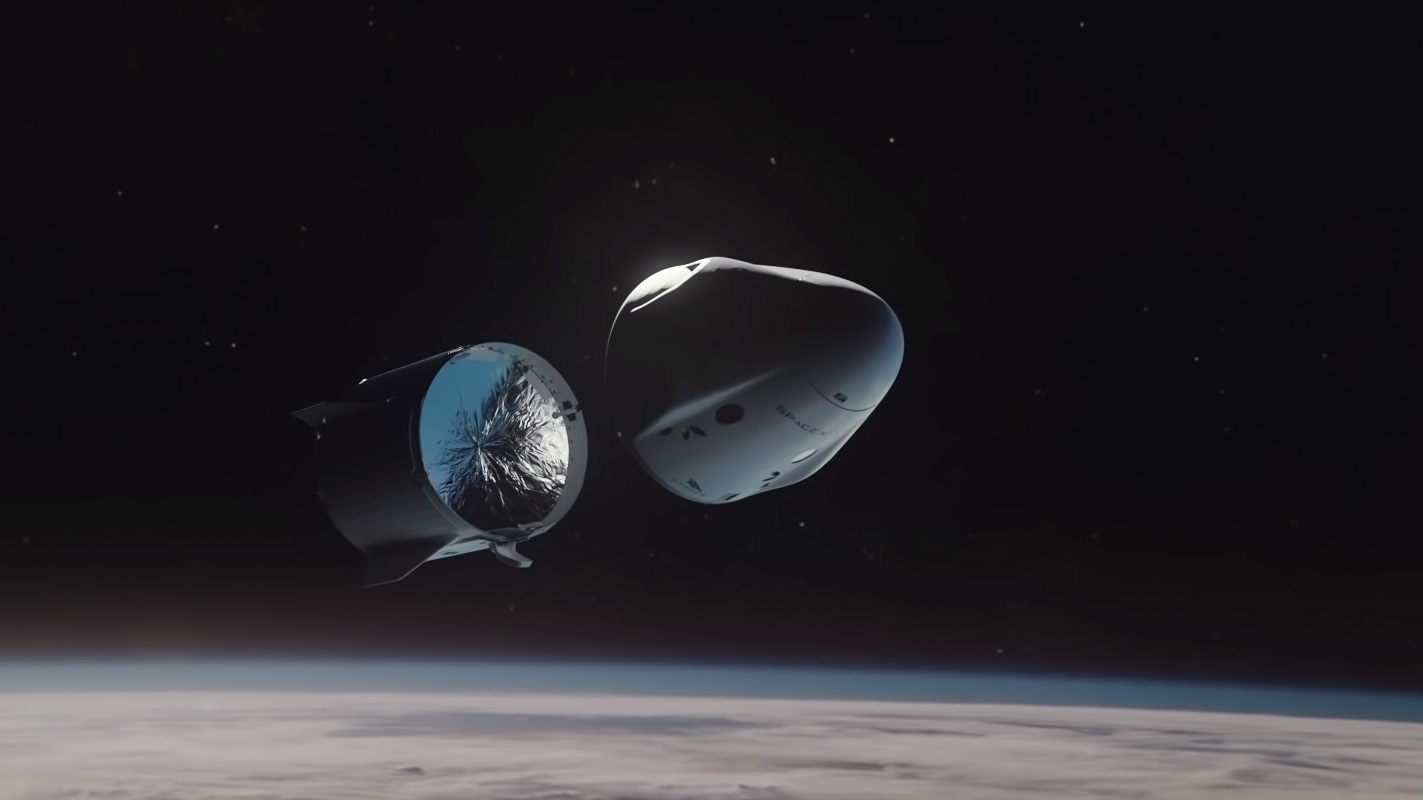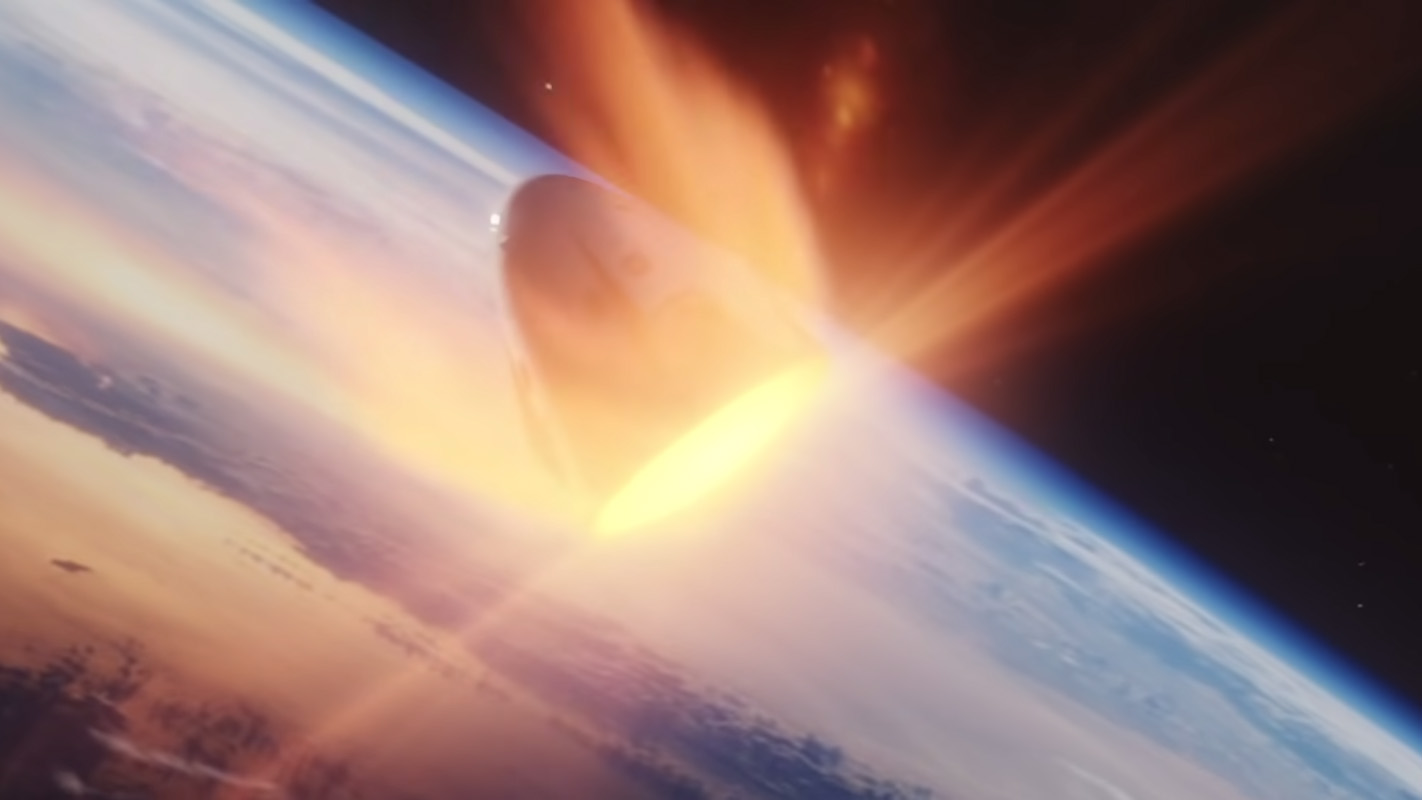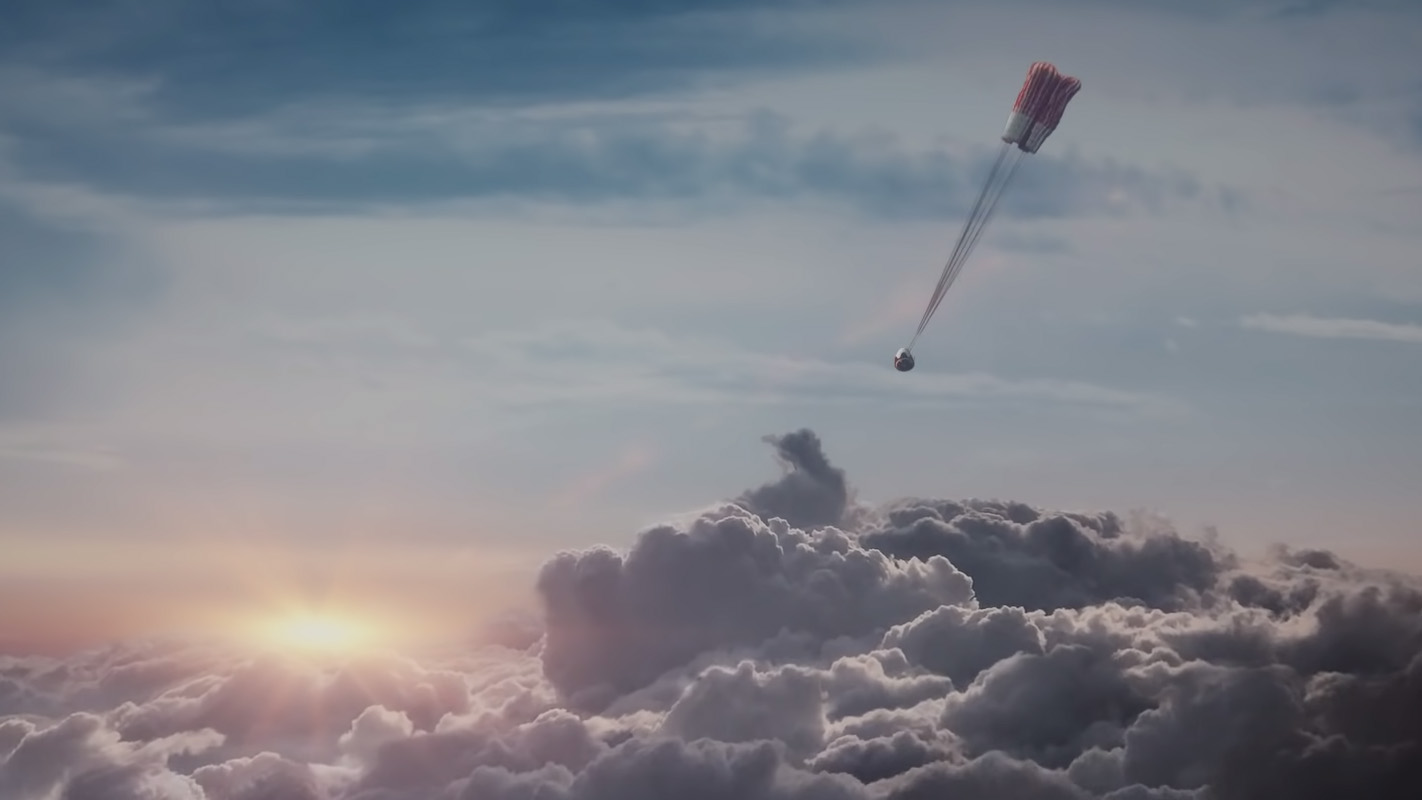How SpaceX's Crew Dragon Demo-2 mission will work in 13 steps
UPDATE for May 29: SpaceX's first attempt to launch the Demo-2 mission on Wednesday (May 27) was scrubbed due to bad weather. The next launch try will be on Saturday (May 30) at 3:22 p.m. EDT (1922 GMT). This page has been updated to reflect the new timeline.
On May 30, SpaceX will launch two NASA astronauts to the International Space Station in the first-ever crewed test flight of its Crew Dragon astronaut taxi.
The mission, called Demo-2, will lift off on a SpaceX Falcon 9 rocket from NASA's historic Pad 39A at the Kennedy Space Center in Cape Canaveral, Florida, with NASA astronauts Doug Hurley and Bob Behnken on board. Liftoff is scheduled for 3:22 p.m. EDT (1922 GMT), and the Crew Dragon is expected to arrive at the International Space Station about 19 hours later.
Here's a step-by-step explainer of what will happen during the Demo-2 mission, from prelaunch preparations through the astronauts' return to Earth.
In photos: SpaceX's Demo-2 Crew Dragon test flight with astronauts
Astronauts arrive in style
While NASA astronauts heading to their rockets on the day of a launch have traditionally traveled to their launchpads in a retro-style "Astrovan," Demo-2 astronauts Doug Hurley (left) and Bob Behnken will be rolling up to their Falcon 9 rocket in shiny Tesla Model X sports cars. This comes as no surprise to SpaceX fans; Elon Musk, the founder of both SpaceX and Tesla, famously launched a cherry-red Tesla Roadster into space on a Falcon Heavy rocket in 2018.
But before Behnken and Hurley hop inside their fancy car, the astronauts will start their day by scarfing down a hefty breakfast at their crew quarters, which is a 9-mile (14 kilometers) drive from the launch pad. Breakfast is scheduled for T-minus 5 hours, and once the astronauts have stuffed their faces, they'll have to squeeze into their spacesuits. They are expected to arrive at the launch pad about three hours before liftoff.
Breaking space news, the latest updates on rocket launches, skywatching events and more!
Related: Astrovan II: Airstream builds new ride for Boeing Starliner crews
Astronauts board via the crew access arm
At T-minus 2 hours and 15 minutes, Behnken and Hurley will enter the Crew Dragon spacecraft. To board it, the astronauts will use a brand-new crew access arm, a hallway-like bridge that SpaceX added to NASA's historic Pad 39A during renovations for commercial crew launches. Ground crews will make sure the astronauts are safely buckled up inside the spacecraft before closing the hatch at T-minus 1 hour and 50 minutes.
The walkway connects the Fixed Service Structure (FSS) of Pad 39A to the tip of the Falcon 9 rocket, where the astronauts will board the Crew Dragon. Because Falcon 9 rockets are taller than the space shuttles that used to launch from Pad 39A, the new access arm is about 70 feet (21 meters) higher than the orbiter access arm that was previously attached to the FSS for 30 years.
Video: SpaceX shows off Crew Dragon access arm for astronauts
Liftoff!
The Falcon 9 rocket carrying Behnken and Hurley to orbit is scheduled to lift off from Launch Complex 39A at NASA's Kennedy Space Center in Cape Canaveral, Florida on Saturday (May 30) at 3:22 p.m. EDT (1922 GMT).
Four hours and 30 minutes before liftoff, the Air Force's 45th Weather Squadron will determine the possibility of having good launch weather, and they will announce an updated launch forecast. But the final call on the weather can be made up to 45 minutes before liftoff. If the weather doesn't cooperate (or if the launch is scrubbed for any other reason), the next backup launch date is on Sunday (May 31).
Related: Here's the weather forecast for SpaceX's next Crew Dragon launch attempt
Falcon 9 booster returns
About 2.5 minutes after liftoff, the Falcon 9's first stage booster will separate from the upper stage and begin preparations for a landing back on Earth.
SpaceX plans to land the rocket on a drone ship called "Of Course I Still Love You," which will be stationed in the Atlantic Ocean off the coast of Florida. In order to stick the landing, the rocket must execute a flip maneuver before firing its engines for a boost-back burn and entry burn.
Dragon separation
Just a few seconds after the first stage separation, the rocket's second stage will fire its engines for about six minutes. The Crew Dragon spacecraft will separate from the rocket's second stage. At this point, Crew Dragon will be on its own in space for the first time.
For the cargo version of SpaceX's Dragon spacecraft, this is when the solar arrays would deploy to begin powering the spacecraft. However, the Crew Dragon has its solar panels built into the body of the spacecraft, so no big, shiny solar panels will be unfolding.
Approaching the International Space Station
Once Crew Dragon has separated from the rocket's upper stage, the spacecraft will perform a series of phasing maneuvers to gradually approach and autonomously dock with the International Space Station (ISS).
The phasing burns will raise Crew Dragon's altitude to the altitude of the ISS, which orbits Earth at an average altitude of about 250 miles (400 km). The first phase burn is scheduled to begin 47 minutes after liftoff.
Docking with the International Space Station
When Crew Dragon gets close to the ISS, entering an imaginary 650-foot (200 meters) bubble around it known as the "keep-out sphere," it will align with its docking port at the Pressurized Mating Adapter PMA-2 on the Harmony module of the ISS. The spacecraft will then inch very slowly toward the station and dock with a fully autonomous docking system. If needed, the astronauts on board can also take over manual control of the spacecraft.
Crew Dragon is expected to dock with the station on Sunday, May 31 at 10:29 a.m. EDT (1429 GMT), or about 19 hours after liftoff. The three-person crew of Expedition 63 — NASA's Chris Cassidy and cosmonauts Anatoly Ivanishin and Ivan Vagner, who have been at the ISS since April — will help the Demo-2 astronauts open the hatch and enter the space station. The hatch is scheduled to open at 12:45 p.m. EDT (1645 GMT).
Related: You can dock a SpaceX Crew Dragon in this free simulator
1-4 months in space
The Demo-2 astronauts will spend anywhere from 30 to 119 days at the International Space Station — NASA and SpaceX have not yet decided exactly how long the mission will last. The duration of the Demo-2 mission will depend on the state of the Crew Dragon capsule in orbit as well as the progress on the next Crew Dragon vehicle, which is slated to launch the first operational mission, called Crew-1, as early as Aug. 30.
Although NASA is not yet sure if the Demo-2 astronauts will be at the ISS for the next spacewalks, the astronauts received some spacewalk training just in case, NASA officials said May 1 in a mission briefing. The crew is also trained to participate in many of the hundreds of scientific experiments going on at the ISS.
Full story: How long will the 1st astronauts to ride SpaceX's Crew Dragon be in space? No one knows exactly (yet).
Demo-2 crew heads home
Whenever the Demo-2 mission departs the ISS, the procedure for its departure will be much like the arrival, only backwards. The spacecraft must first slowly exit the "keep-out sphere" before conducting more phasing burns to lower its orbit. The entire descent will be about a two-day flight sequence.
Crew Dragon ditches its "trunk"
As it gets closer to Earth, the Crew Dragon spacecraft will jettison its service module, known as its "trunk," before conducting a deorbit burn that will send it plummeting into Earth's atmosphere.
The trunk is a cylindrical, finned module that contains the spacecraft's built-in solar arrays and other equipment required for its flights to and from the space station. Crew Dragon jettisons its trunk during reentry to clear the spacecraft's heat shield and prepare the spacecraft for splashdown.
Reentry
The Crew Dragon spacecraft will enter Earth's atmosphere traveling at a speed of about 17,000 mph (27,000 km/h). The friction of particles in the atmosphere will create a drag force, slowing it down drastically while heating the outside of the capsule to temperatures nearly as hot as the sun.
A heat shield protects the astronauts from these extreme temperatures, but the spacecraft likely won't look as pristine after its return as it will before the launch. When SpaceX's Demo-1 Crew Dragon spacecraft returned from its uncrewed test flight in March 2019, it looked like a toasted marshmallow.
Parachutes deployed
Once Crew Dragon has completed the fiery reentry phase of its return flight, the spacecraft will deploy its four Mark 3 parachutes, which will slow down the vehicle as it descends for a gentle splashdown in the Atlantic Ocean off the coast of Florida.
Splashdown!
A search and recovery crew will be waiting nearby on SpaceX's GO Navigator ship to help the Demo-2 crew out of the Crew Dragon and hoist the spacecraft out of the water so it can return to Cape Canaveral, where SpaceX and NASA crews will inspect it.
NASA and SpaceX have a list of criteria that will determine whether the Demo-2 mission is considered a success. The Crew Dragon must demonstrate that it can successfully separate and deploy into its target orbit after launch, rendezvous and dock/undock at the ISS, and safely bring the astronauts back to Earth. If everything goes according to plan, SpaceX will soon begin regularly ferrying astronauts to the ISS with its Crew Dragon capsule.
- SpaceX's Crew Dragon space capsule explained (infographic)
- SpaceX celebrates Crew Dragon's 1st launch anniversary with epic video
- See the evolution of SpaceX's rockets in pictures
Email Hanneke Weitering at hweitering@space.com or follow her @hannekescience. Follow us on Twitter @Spacedotcom and on Facebook.
OFFER: Save 45% on 'All About Space' 'How it Works' and 'All About History'!
For a limited time, you can take out a digital subscription to any of our best-selling science magazines for just $2.38 per month, or 45% off the standard price for the first three months.

Hanneke Weitering is a multimedia journalist in the Pacific Northwest reporting on the future of aviation at FutureFlight.aero and Aviation International News and was previously the Editor for Spaceflight and Astronomy news here at Space.com. As an editor with over 10 years of experience in science journalism she has previously written for Scholastic Classroom Magazines, MedPage Today and The Joint Institute for Computational Sciences at Oak Ridge National Laboratory. After studying physics at the University of Tennessee in her hometown of Knoxville, she earned her graduate degree in Science, Health and Environmental Reporting (SHERP) from New York University. Hanneke joined the Space.com team in 2016 as a staff writer and producer, covering topics including spaceflight and astronomy. She currently lives in Seattle, home of the Space Needle, with her cat and two snakes. In her spare time, Hanneke enjoys exploring the Rocky Mountains, basking in nature and looking for dark skies to gaze at the cosmos.
